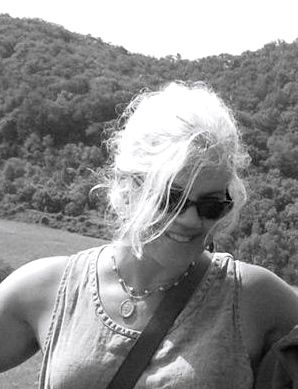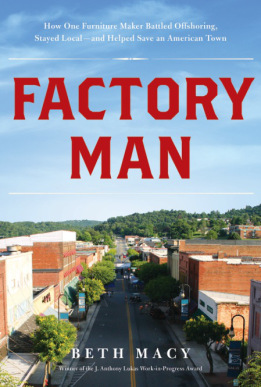 In the fall of 2011, I began reporting stories about the aftereffects of globalization on small factory towns in southern Virginia, for the Roanoke Times. For the next three years, I spent most of my waking moments turning that three-part series into a 120,000-word book, Factory Man: How One Furniture Maker Battled Offshoring, Stayed Local — and Helped Save an American Town. A month ago, the first hardback copy of the book landed in my mailbox. Factory Man lands in bookstores on July 15, published by Little, Brown.
In the fall of 2011, I began reporting stories about the aftereffects of globalization on small factory towns in southern Virginia, for the Roanoke Times. For the next three years, I spent most of my waking moments turning that three-part series into a 120,000-word book, Factory Man: How One Furniture Maker Battled Offshoring, Stayed Local — and Helped Save an American Town. A month ago, the first hardback copy of the book landed in my mailbox. Factory Man lands in bookstores on July 15, published by Little, Brown.Among the reporting challenges I faced were American CEOs who avoided the press, Chinese businessmen who claimed that speaking candidly to me could jeopardize their profits, and a painful early chapter on race that kept me awake at night struggling with The Big Questions: Does it matter? Is it fair? A decades-long family feud gave the story an undercurrent and a universal element, but it was also the single topic my brash main character didn’t want to discuss (in fact, he grew agitated every time I brought it up).
My goal had been to write a business book that did not read like a business book — something that my octogenarian mom could read in order to finally understand why so many of the once-thriving factory towns she grew up in, and near, now look like ghost towns, with soaring rates of disability, food insecurity and underemployment
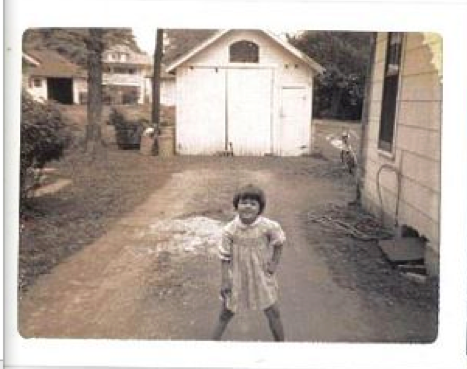
My book spans the course of 110 years. Part memoir (I’m the daughter of a displaced factory worker), part social history, part legal battle and part family feud, I wrestled a welter of content over 442 pages. To cover the other side of globalization, I followed the jobs that vanished from Virginia to their new perch in Indonesia, interviewing former rice paddy workers and subsistence farmers who’d joined the cash economy to make furniture — just as the sharecroppers and field hands had managed a century before, in Bassett, Virginia.
After interviewing hundreds of people — which included more than 300 phone calls with my prickly protagonist, who called me whenever he felt like it, night or day (he’s already called three times today, by the way, starting at 7:35 a.m.) — the most difficult part of the writing process also turned out to be the most boring (office supply nerd alert!): How to keep track of the roughly 1,000 amassed documents ranging from interview notes, e-mails and court case archives, to books and articles from newspapers and magazines.
I interviewed friends who’d written books, and my editor, John Parsley, suggested I pick the brain of one of his other authors. (Temporarily footnote every sentence you write, was my big takeaway from that journalist, Annie Jacobsen — so you can remember from whence a fact came when it’s time to write the end notes.)
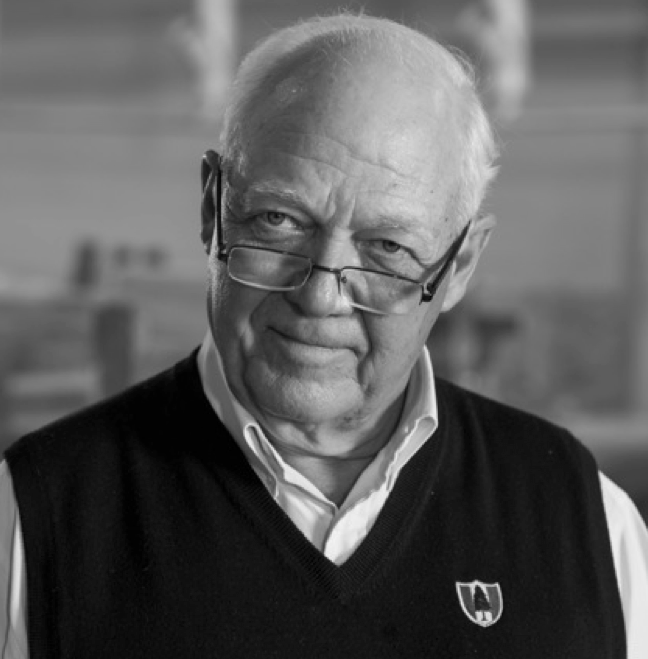
Annie also sang the praises of command-F search feature on the iMac desktop, though that was most effective when I could remember the title of a document. While some writers use database programs to index their notes, my method was part digital, part stacks of archival materials and part sticky notes. I kept clusters of my document names on a sheet of paper, and I created a timeline that took up an entire office wall with the help of a moveable white board product called Wizard Wall.
Friends suggested going digital-only, but that would have required days of scanning documents — time that, as an anxious first-time book-writer staring down an 11-month deadline, I didn’t feel I had. Besides, I like the tangible act of physically moving through space to locate facts, which can be like stumbling upon a word you didn’t know you were looking for an actual dictionary.
Every now and then, goodies emerge from the in-between spaces.
I was also frequently saved by the pain of having dealt with a cheerful but brutally thorough agent, Peter McGuigan, who’d spent months helping me fine-tune the proposal for Factory Man, including a 27-page chapter outline, before he shopped it in 2012. I followed that outline religiously, though some facts shifted as my reporting unearthed new twists in the story — which was so much more complicated (and juicy!) than I knew at the start.
On drawing paper (leftover from my Nieman year drawing class!), I taped an outline of the already written chapters beneath the year-by-year timeline, and when a new fact emerged for a chapter I’d already written, I did not
automatically pluck it back into the narrative — and risk blowing my momentum. I stuck a sticky note literally on the chapter outline, then for extra protection typed that same material up in an email to myself, filing it away in an “add later” folder.
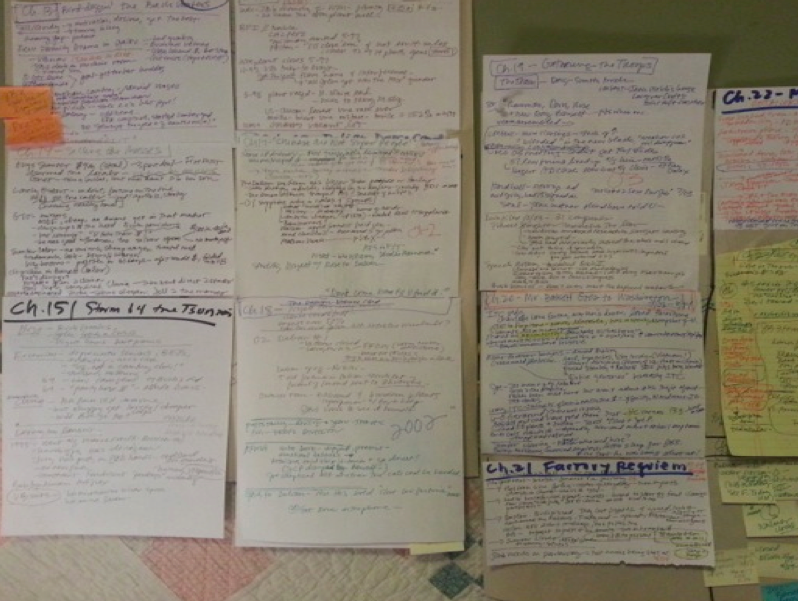
Most of these organizational breakthroughs didn’t occur to me until I took a physical break from my home office via a two-week writing residency at the Virginia Center for the Creative Arts, where fellows get a studio office (with a bed, in case you want to work all night) and, best of all, a really awesome chef who prepares all your meals.
I was in heaven the first day — until an angry writer in the studio next to mine started banging on our mutual wall: He was writing a book about his two years of solitude in the Oregon woods while I was interviewing old retired furniture men who'd spent decades next to loud machinery and were practically deaf. (I was shouting, yes! And this was totally against the rules, yes!) Our introvert/extrovert dynamics made for TERRIBLE neighbor relations.
A few days in, I asked to be moved to a standalone cottage, which was much better, even if I did have to schlep all my stuff to another building and reconstruct my timelines. As luck would have it, the fiction writer who had previously occupied my A-frame studio didn't want to carry her huge whiteboard back to L.A. with her on the plane so she bequeathed it to me. I set it on the right edge of my desk and, for the rest of my book-writing, I relied on that board as a way to hone in on the chapter at hand, a la John McPhee, who wrote about how liberating a tightly organized story structure can be.
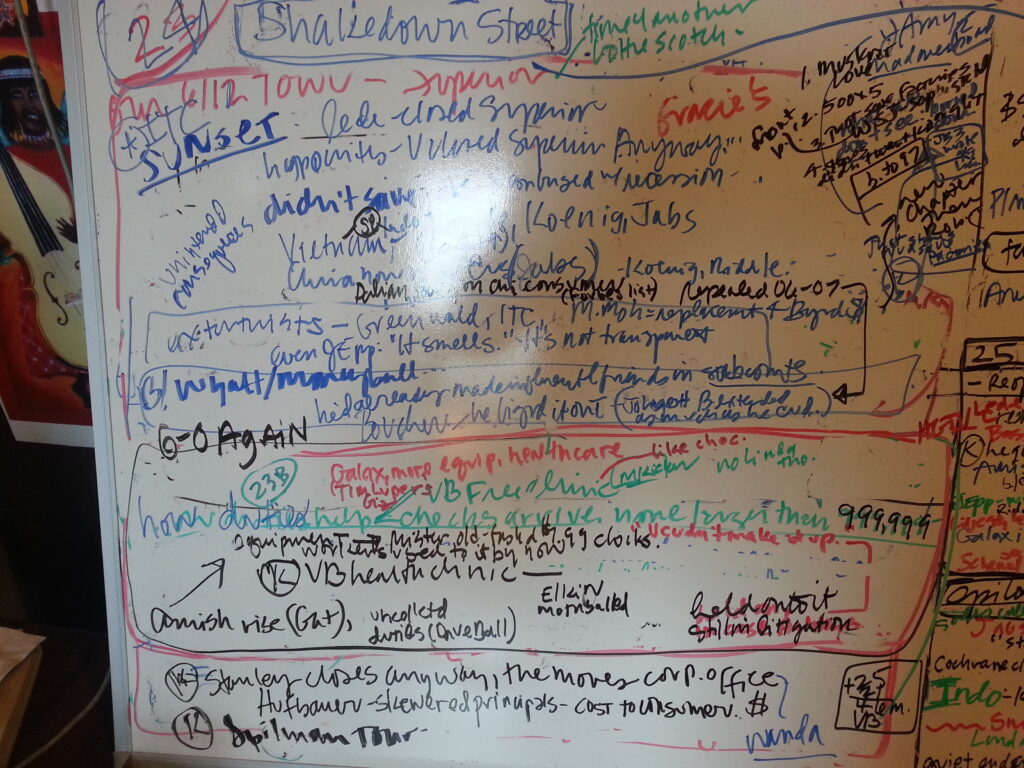
McPhee’s advice was a boon, as my white board quickly became full of scrawls: dates and anecdotes, narrative threads and arcs. My author/newspaper buddy Ralph Berrier Jr. had told me at the start: “It’s just like one very, very long newspaper feature,” so I built each chapter the same way I would a narrative feature: around section ends and chapter kickers (marked below by A, B and C sections, and “KK” for the chapter kicker).

Finally, per Annie’s advice, I’d saved my last two months for self-editing and getting feedback from readers I’d solicited, especially among people who were better schooled in business, furniture and economics than me. Most of this was done electronically, but one friend printed it out, and here it is [below], returned with her edits on it.
![The wall of my home office was filled with timelines and reminders of things to add or change later. Stacks of archival [non-digitized] sources were chronologically arranged below the corresponding decade on the timeline.](https://niemanstoryboard.org/app/uploads/2024/03/wall_factoryman.jpg)
He prescribed adding 30 to 40 of these digressions throughout, ideally just following a space break. Despite writing most of this book at my desk, the three days I spent reading and scribbling and placing little green sticky notes, from my couch and away from my desk, was some of the best thinking time I had in terms of weaving theme, historical context and my own role into the story.
My favorite section of the book turned out to be the single part I hadn’t planned for: the epilogue. The section doesn’t end with my main character’s triumph in Galax in 2012 but rather afterwards, with an emotionally charged scene in the company-turned-ghost town: a backhoe operator literally burying the remains of the last factory in Bassett — and pausing to hand me a keepsake brick.
On the way back from that reporting trip to Bassett, I found myself unexpectedly in tears, and if I’ve learned anything in my three decades of reporting, it’s this: Tears must be heeded.
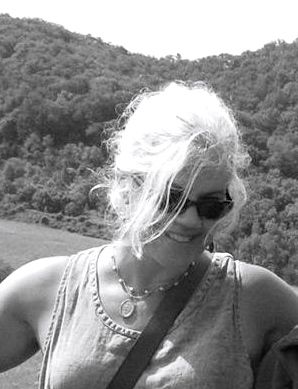
I knew then that the book had to end where it had begun: with the aftermath of globalization. I love endings that reward readers with an emotional punch, so when the factory undertaker handed me that brick, I thought immediately of Mary Redd, the displaced worker I’d written about in Chapter 1. She’d been cobbling together a living working part-time jobs when she ran into her former CEO at a party she was helping cater: If the factory were ever to re-open “and the only way I could get there would be to crawl on my belly like a snake, I would do it,” she told him.
So the last line in my book is both echo and homage to that quote; to the desire that Mary and the 20,000 other displaced workers in that region still feel.
People lost their livelihoods through absolutely no fault of their own, and the government and the CEOs — along with most American consumers — had stood back and watched it happen.
Mary’s sentiment was raw and visceral. Weighty as a red-clay brick, it deserved to be the final word.
Beth Macy is a journalist in Roanoke, Virginia, who writes about outsiders and underdogs. Her newspaper reporting, mostly for the Roanoke Times, has won more than a dozen national awards, including a Nieman Fellowship for Journalism at Harvard. Factory Man won the J. Anthony Lukas Work-in-Progress Award.
For other installments of Writing the Book—in which writers describe the process and offer tips—go here.
